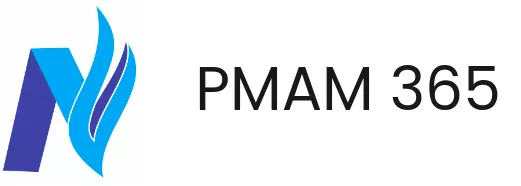

Applicant Tracking Systems (ATS) can benefit significantly from the integration of Artificial Intelligence (AI) to streamline recruitment processes, enhance candidate experiences, and improve hiring outcomes. Here's a guide on how to effectively use AI in your ATS:
Resume Screening and Candidate Matching:
Automated Resume Screening: Utilize AI algorithms to analyze resumes and applications, filtering out unqualified candidates and highlighting top matches.
Candidate Ranking: Implement AI-driven systems to rank candidates based on their qualifications, skills, and experience.
Candidate Sourcing:
AI-Powered Search: Use AI to search and source candidates from various online platforms and databases, finding the best-fit candidates.
Semantic Matching: Implement AI to analyze job descriptions and resumes, ensuring better semantic matching between job requirements and candidate skills.
Candidate Engagement and Communication:
Chatbots and Automated Responses: Utilize AI-powered chatbots to engage candidates, answer queries, schedule interviews, and provide status updates.
Personalized Communications: Implement AI to tailor communication based on candidate preferences and past interactions.
Interview Process:
Automated Interview Scheduling: Use AI to coordinate interview schedules based on the availability of candidates and interviewers.
Interview Analysis: Implement AI to analyze video or audio interviews, assessing candidates' responses and non-verbal cues.
Diversity and Inclusion:
Bias Detection: Utilize AI to identify potential biases in job descriptions, resumes, and candidate interactions.
Diverse Candidate Sourcing: Implement AI-driven tools to help identify and attract a more diverse pool of candidates.
Predictive Analytics:
Candidate Success Prediction: Use AI algorithms to predict candidates' likelihood of success based on historical hiring data and performance.
Time-to-Fill Prediction: Implement AI to estimate the time required to fill a particular role, helping with resource planning.
Candidate Experience Enhancement:
Personalized Recommendations: Utilize AI to recommend relevant job openings and career paths to candidates.
Application Simplification: Implement AI to simplify the application process, reducing friction and improving user experience.
Reference Checks and Background Verification:
Automated Reference Checks: Use AI to automate the process of collecting and verifying candidate references.
Background Screening: Implement AI-driven tools to assist in background checks and ensure candidate integrity.
Talent Pool Management:
Candidate Relationship Management (CRM): Utilize AI to maintain and nurture relationships with potential candidates over time.
Re-engagement: Implement AI to identify and re-engage with previously qualified candidates for new job opportunities.
Performance Analysis and Optimization:
Recruitment Analytics: Use AI-driven analytics to measure the effectiveness of recruitment strategies and identify areas for improvement.
Process Enhancement: Implement AI to continuously analyze recruitment processes and suggest optimizations.
When implementing AI in your ATS, consider the specific needs and goals of your recruitment processes. Collaborate with AI experts and technology providers to select and customize AI solutions that align with your recruitment objectives. Regularly monitor the performance of AI-enhanced ATS, provide training to your recruitment team, and adapt your strategies based on candidate feedback and data-driven insights.
Leadership, Finance, Operations, Growth, Product, Service, Sales, Marketing